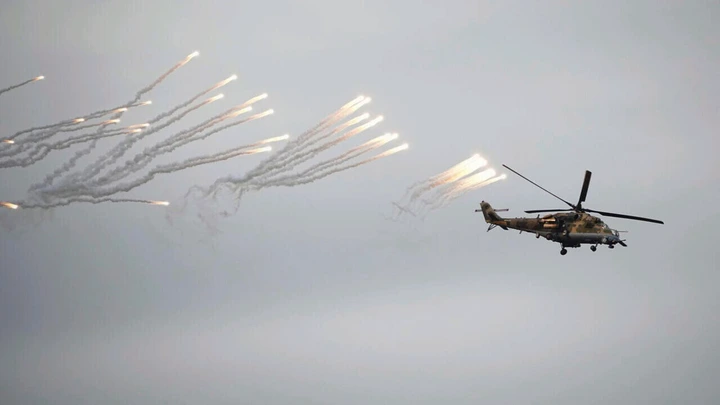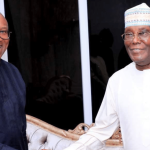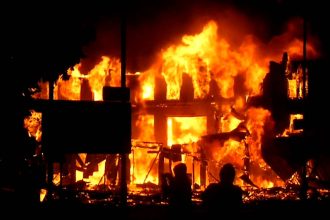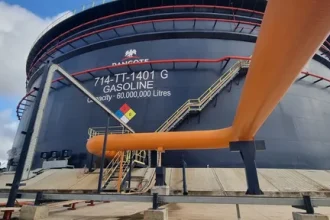According to a report by France 24 on Tuesday, Sept. 16, 2025, Five days of massive military drills between Russia and Belarus came to a close on Tuesday.
The exercises, which included thousands of soldiers, nuclear-capable bombers, and advanced missile system manoeuvres, were described by NATO officials as highlighting the increasing dangers of escalation in Eastern Europe.
The exercises, dubbed Zapad 2025 (“West 2025”), took place amidst heightened regional tensions, following a Russian drone invasion of Polish airspace a few days prior. The incident was denounced by Warsaw as an intentional provocation, and in response, NATO fortified its air defences along its eastern frontier.
Russian officials have stated that the exercises included drills that investigated possible uses of nuclear weapons and simulated a coordinated reaction to an enemy strike.
The Oreshnik, a new intermediate-range ballistic missile developed by Russia, was displayed at the event. Moscow has stated its intention to send the missile to Belarus later this year.
Poland, Latvia, and Lithuania are all NATO members that share a border with Belarus; the drills have reignited fears that Moscow is getting ready for a larger clash. Russian forces invaded Ukraine on a massive scale in February 2022, only days after finishing joint drills with Minsk. The memory of the assault is still very much alive.
In a speech he gave in Brussels, NATO Secretary-General Mark Rutte expressed concern that Europe’s security was being jeopardised by Moscow’s increasing stockpile of intermediate- and hypersonic missiles.
“Let’s agree that within this alliance of 32 countries, we all live on the eastern flank,” he remarked, emphasising that even western nations like Britain and Spain are not safe from possible dangers.
Russian nuclear doctrine is being showcased in these simulations as well. Russian President Vladimir Putin lowered the bar for the potential use of Russia’s nuclear arsenal last year when he said that any conventional attack on Russia backed by a nuclear-armed state would be viewed as a joint nuclear threat.
With the deployment of nuclear weapons to the battlefield, Russia has officially embraced this doctrine and placed Belarus under its nuclear umbrella. The meetings came after a summit in Alaska on August 15 between Putin and Trump, but neither leader was able to make any headway towards a resolution to the conflict in Ukraine.
The combat continues despite the fact that the battle has been going on for over 3.5 years. “The most dangerous moment since World War II” was how Polish Prime Minister Donald Tusk characterised the drone incident on September 10.
He warned that the intrusion could lead to the conflict escalating onto NATO territory. Like many others, Rutte condemned Moscow’s behaviour as “reckless” and unveiled a new “Eastern Sentry” program to fortify alliance air defences.





















